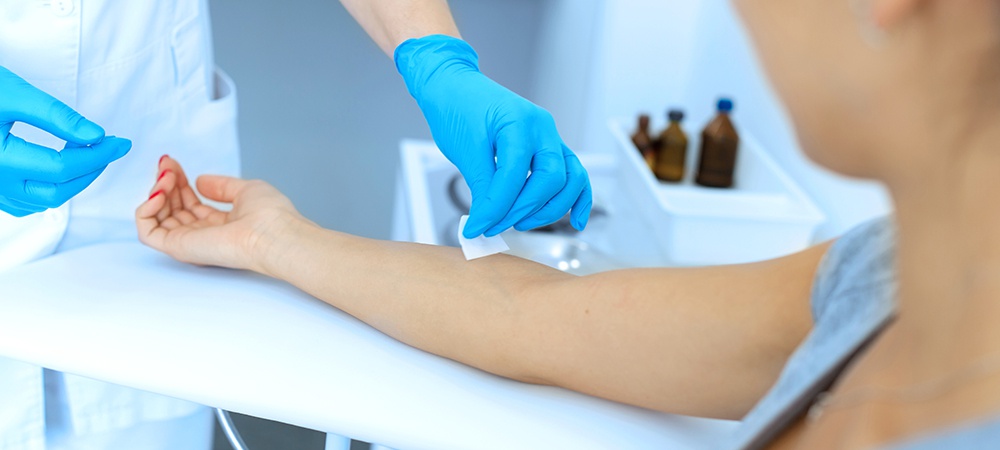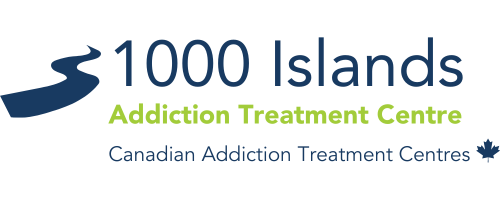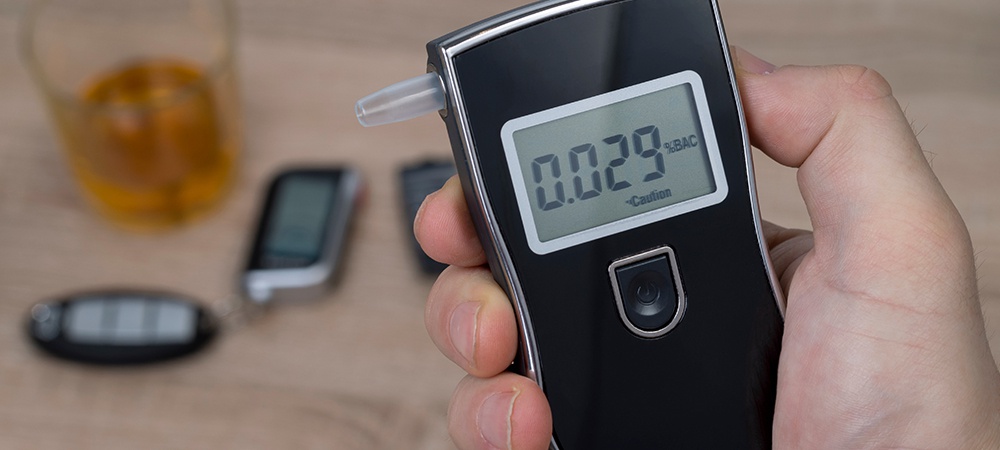
What is Blood Alcohol Concentration?
Addiction can have many long-lasting effects, especially if you have struggled with it for an extended time. Substance abuse not only affects your body and brain, it also affects your life. Health, relationships, finances, and career are just a few of the things that it can destroy. The long-term effects of addiction show that it is not worth the pain and trouble for temporary pleasure. Learning about the consequences of addiction can help discourage and educate individuals on alcohol abuse.
Alcoholism has many short-term effects as well. One night of heavy drinking is extremely harmful, but how do we determine how much alcohol is consumed? Blood alcohol concentration (BAC) is the universally accepted measure of intoxication for medical and legal purposes. While the optimal choice would be to avoid drinking alcohol at all, BAC identifies a standard at which it is definitely dangerous.
What is Blood Alcohol Concentration?
Blood alcohol concentration, also referred to as blood alcohol content (BAC), is the metric used to measure the percentage of alcohol in an individual’s bloodstream. Different blood alcohol levels are assigned varying levels of risk and determine the legality of an individual performing tasks like driving. Understanding blood alcohol concentration can keep you from drinking too much and endangering yourself or others.
Your BAC, rather than the exact amount of alcohol you’ve consumed, will determine the likely effects the alcohol will have on you. In Ontario, the legal limit for driving is 0.08%.
For people assigned male at birth (AMAB), a BAC of 0.08% or 0.08 grams per deciliter of alcohol or higher is often reached after drinking five or more alcoholic drinks. For those assigned female at birth (AFAB), it typically occurs after drinking four or more alcoholic drinks. Though BAC most commonly refers to the amount of alcohol in a person’s blood, such standardised levels of intoxication can be estimated through both blood and breathalyser tests. In one’s blood, BAC refers to the measurement of the weight of ethanol in grams per deciliter of blood. In one’s breath, BAC refers to the measurement of the weight of ethanol in grams per 210 litres of breath.
What Affects Blood Alcohol Concentration?
According to addiction research, a number of factors impact the levels of alcohol in blood concentration levels.
- Weight. If two individuals consume the same amount of alcohol, the heavier individual will usually have a lower blood alcohol concentration.
- Sex. Due to differences in body composition, AMAB people generally metabolise alcohol at a faster rate than AFAB people. Studies have shown that AFAB people have fewer of the enzymes used to metabolise alcohol.
- Medications. Drugs can interact unpredictably with alcohol. If you’re taking medication, make sure its instructions permit drinking; when paired with alcohol, even Tylenol can have adverse effects on the liver. When you enter recovery, your physician can help you safely manage your prescriptions.
- Speed of sipping. “Chugging” significantly increases risks when drinking. The more you drink in a short period of time, the more likely it is that your system won’t be able to metabolise the alcohol and will instead shut down. Drink slowly to maintain control over your intoxication.
- Food. If you know you’ll be drinking, eat a high-protein meal beforehand. Drinking on an empty stomach irritates the digestive system, resulting in faster absorption of alcohol and excessive intoxication.
- Number of standard drinks. For more on what classifies a standard drink, read on.
The human liver can process one standard drink per hour, and estimates for reaching BAC levels are based on a standard drink and how long alcohol can stay in your system.
What Qualifies as One Standard Drink?
- 12 oz. regular beer (4.5% alcohol)
- 8 oz. malt liquor (7% alcohol)
- 5 oz. glass of wine (12% alcohol)
- 1.5 oz. shot of hard liquor (40% alcohol)
The Impact of Blood Alcohol Concentration
As an individual’s blood alcohol level increases, so do their impairments. To know when your blood alcohol concentration may be too high, it helps to understand how levels of alcohol in the blood can affect you.
- 0.03% blood alcohol level – This is the lowest measurable blood alcohol level. At this mild level of intoxication, you may feel slightly warmer and more relaxed than usual.
- 0.04 – 0.06% blood alcohol level – Your behaviour will become exaggerated (speaking louder, gesturing more), you may begin to lose control of small muscles, resulting in things like blurrier vision, and your judgement will be impaired.
- 0.07 – 0.09% blood alcohol level – Mild impairment of speech, vision, coordination, and reaction times make it dangerous for you to drive. In Ontario, it is illegal to drive at or above 0.08% BAC; you will test as legally impaired at this level.
- 0.10 – 0.12% blood alcohol level – Obvious physical impairment and loss of judgement. Speech may be slurred.
- 0.13 – 0.15% blood alcohol level – At this point, your blood alcohol level is quite high. You’ll be affected by blurred vision, loss of coordination and balance, and potentially dysphoria (anxiety or restlessness).
- 0.16 – 0.19% blood alcohol level – The term “sloppy drunk” applies. Dysphoria will become stronger, and nausea may occur. Walking becomes difficult, and you may fall and hurt yourself.
- 0.20 – 0.29% blood alcohol level – You’ll feel dazed, confused, and disoriented. Balance and muscle control have deteriorated, and you may need help walking. You may not notice if you injure yourself, as feelings of pain are numbed. Nausea and vomiting are likely, and an impaired gag reflex could cause you to choke on your own vomit. Blackouts occur at this blood alcohol level.
- 0.30 – 0.39% blood alcohol level – This is a dangerously high blood alcohol concentration. Your potential for death increases, as does your heart rate and the likelihood of unconsciousness. You may experience irregular breathing and loss of bladder control.
- .40% and over – Your heart or breathing may stop. A coma or death by respiratory failure is likely.
Measuring Blood Alcohol Concentration Levels
There are two ways to measure blood alcohol levels:
- Breathalyser — Most commonly used by police officers on individuals suspected of drunk driving, the breathalyser measures the amount of alcohol in an individual’s breath and gives quick results – but it does have limitations. While most individuals are familiar with the breathalyser, it’s actually not the most accurate measure of BAC levels.
- Blood alcohol test — If you’re suspected of drunk driving and refuse a breathalyser or think the results are inaccurate, you may request a blood alcohol test. A blood alcohol test is the most accurate way to test one’s levels of alcohol in blood. During this simple test, a medical professional will take a blood sample from a vein in your arm. This test is accurate within 6-12 hours after your last drink.
Choose 1000 Islands Addiction Rehab For Treatment In Canada
Heavy use of alcohol and binge drinking are both associated with alcoholism, which can lead to unhealthy blood alcohol levels becoming the norm. The good news is that finding the right alcohol addiction treatment program can make all the difference.
At Thousand Islands Rehab Centre, recovery begins with medical detox to ensure safe withdrawal from alcohol. Following this, you will enter the rehab program, where addiction counsellors will help you establish clear goals, both general in nature and specific to your needs. This will form the basis of your individualised addiction treatment program.
With comfortable accommodations and 24-hour medical staff who can address problems as they occur, we offer clients a serene, relaxing environment amid beautiful scenery. This stress-free setting with its sense of warmth and welcoming will allow you to feel comfortable and confident about your clean and sober life ahead.
The mission of rehab is to help you:
- Feel connected to the recovery community
- Stop drinking safely
- Share and demonstrate effective coping techniques
- Modify attitudes and patterns of behaviour to help you create a happy and productive sober life after rehab
Our compassionate staff will assist you in gaining the skills and tools to cope with the stresses of life, so that you can rediscover hope and optimism. Effective recovery is not a revolving door treatment program; it is a plan designed according to research to help clients go on to lead productive, happy lives long after rehab.



